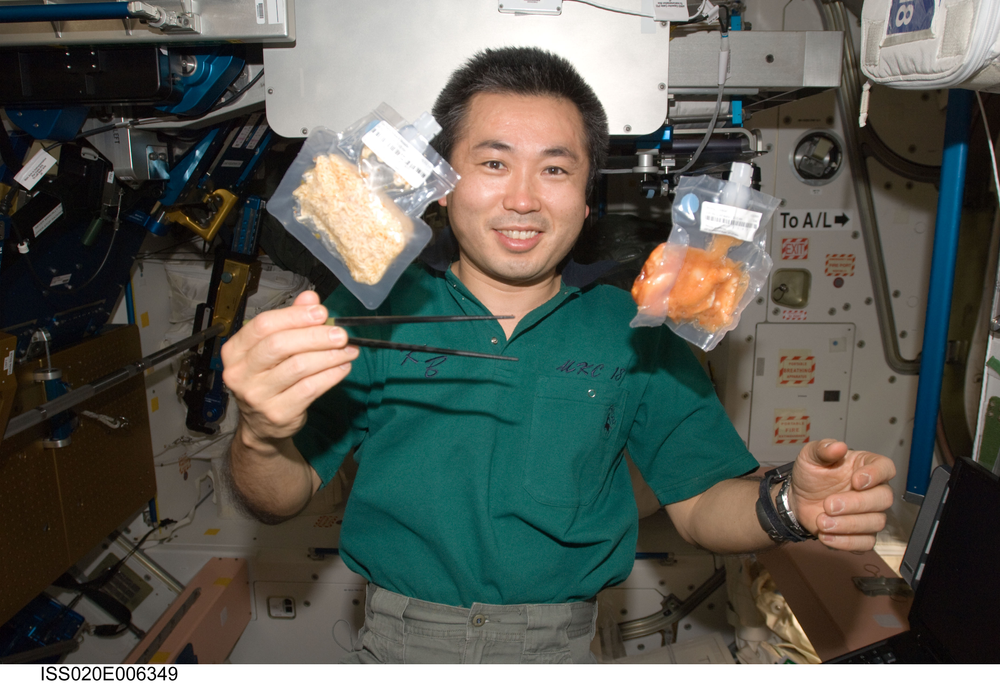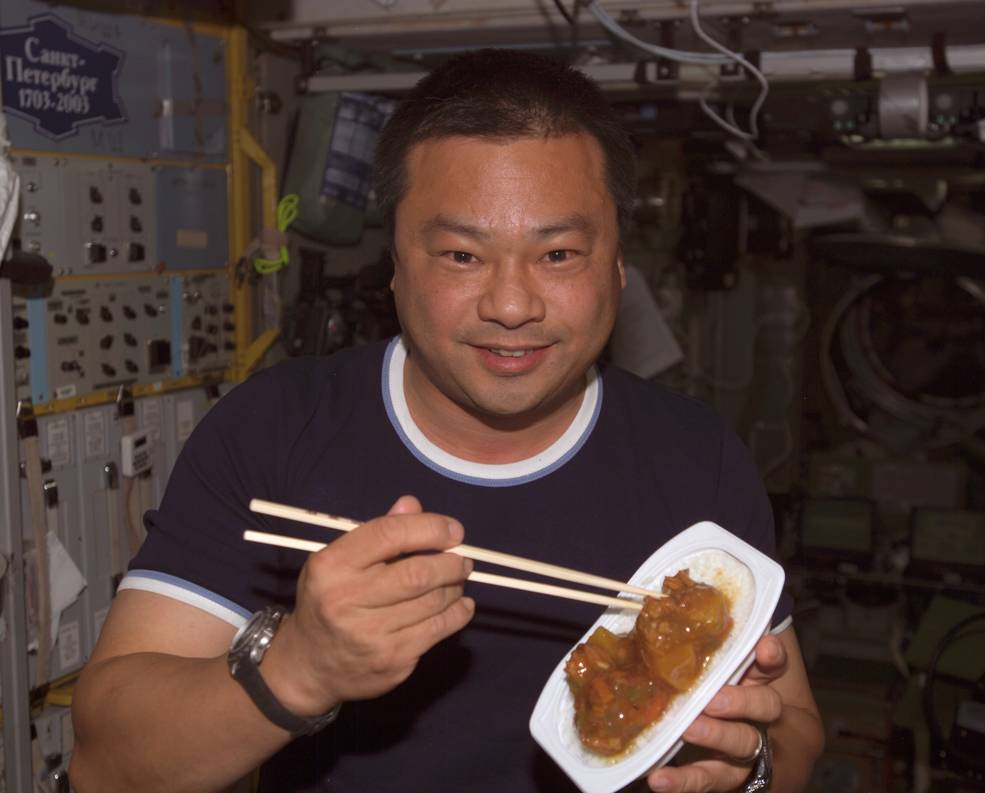Cultural Cuisines in Space: Bringing Astronauts Together
International Space Station crew members have become increasingly diverse over the years, particularly as the number of crew members from international partner agencies has grown. Diverse crews call for diverse menus. The Space Food Systems Laboratory at NASA's Johnson Space Center plays a key role in ensuring that crew members can share tasty cuisines from their cultures and home countries with each other and embrace their differences through food.
Astronauts aboard the International Space Station are given a variety of dishes and cuisines to choose from during their long-duration space flights. In addition to choosing from about 200 items for their standard menu, crew members can get an assortment of personal food preferences, some of which can be cultural foods. The Space Food Systems Laboratory is responsible for testing, preparing, and packaging these foods for delivery to the space station.

***
In honor of Asian American, Native Hawaiian, and Pacific Islander Heritage Month, learn about the wide array of available international dishes and how they bring astronauts together from International Space Station Food System Manager Xulei Wu, a first-generation Asian American born in China.
What is the process of providing food for astronauts?
We adopted a model called the standard menu. It’s not to tell astronauts what to eat today, tomorrow, or whenever, it’s more like a standard set of food that will always be resupplied to the space station. This supply of food serves as a pantry where crew members can choose what they want to eat. The standard menu foods account for about 75% of the crew’s food intake aboard the space station and the remaining 25% comes from the crew’s preference foods. Providing these preference foods is important in fighting menu fatigue.
How can astronauts share tasty cuisine from their home country with each other aboard the space station?
In terms of the food we create in the food lab, we do have several different cuisines on the standard menu that were established a long time ago and we have continued to make improvements as tastebuds change. If we have crew members from international partner countries, such as JAXA (Japanese Aerospace Exploration Agency), their home agency will normally source and prepare their local and cultural cuisines and send them up when those crew members fly. If crew members request a specific food item, we will always try to satisfy those desires through our crew food preference channel.

Items like sweet and sour chicken and pork, Japanese teriyaki vegetables and chicken, Indian fish curry, cashew chicken curry, Thai honey ginger fish, chicken with peanut sauce, shrimp fried rice, and even Sriracha can be sent to the space station. The options we provide are ones that I love myself, since I am a first-generation Asian American.


***
How does the implementation of cultural foods bring astronauts together while in space?
![]()
When crew members eat together and share conversations at the end of their workdays, that’s a very intimate time for them. It opens them up to talk about their different cultures and backgrounds and brings them a taste of home and comfort. For example, when we provide Asian foods for non-Asian crew members on the space station, we are allowing them to experience new and exotic tastes.
How does your role in the Space Food Systems Laboratory contribute to the importance of cultural appreciation?
The International Space Station has been very diverse since I joined the Space Food Systems Laboratory in 2018. Right now, I serve as the International Space Station Program’s food system manager, and it is my goal to continue to carry the torch and always be mindful of crew members’ cultural backgrounds and their food preferences.
How does your contribution to cultural appreciation in space make you feel?
I feel very proud to be a part of the effort to keep our crew members happy and healthy on the space station. Nutrient intake is a crucial part of sustaining their health and helping their performance.

It reminds me to be open minded. Each one of us in the food lab is unique, bringing new perspectives to the team and new tastes to our astronauts in space.








